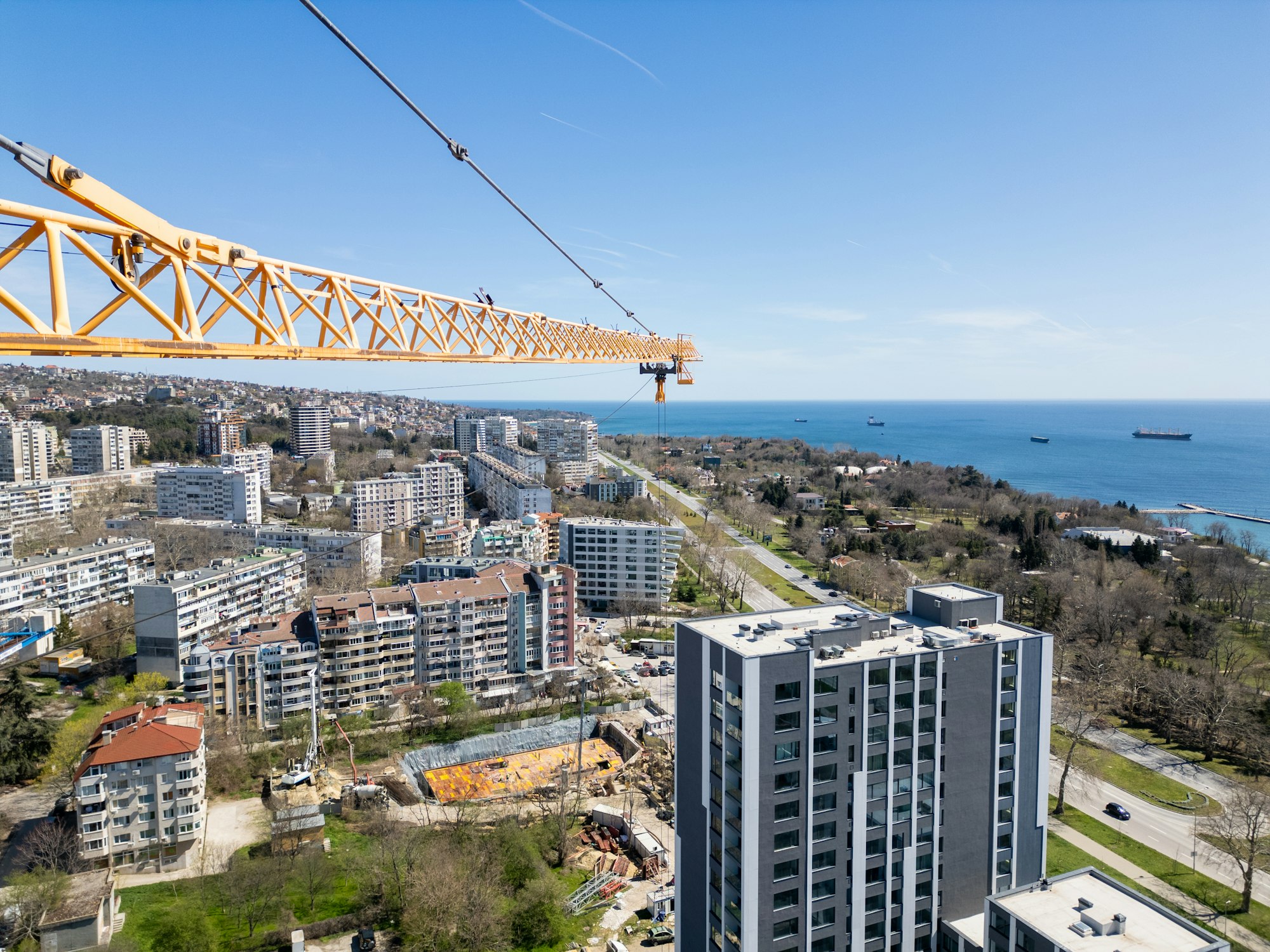Understanding Noise Pollution in Urban Settings
In the bustling landscape of UK cities, noise pollution has become a significant concern. Often unnoticed amidst the daily hustle, various urban noise sources contribute to this growing issue. Traffic noise reigns supreme, with the endless flow of vehicles generating a continuous ruckus. Public transport hubs, such as train stations and airports, add to the cacophony, creating a stressful environment for residents.
Urban noise sources don’t just disrupt peace and quiet—they affect public health. Prolonged exposure can lead to sleep disturbances, cardiovascular problems, and even cognitive dysfunction in children. This underscores the importance of assessing the community impact of noise pollution.
Also read : Crafting a Robust Cybersecurity Blueprint for Public Sector Entities in the UK
Understanding the community impact is crucial for developing effective strategies. By evaluating the specific noise sources and their effects, we can tailor solutions to mitigate their influence. Community-driven initiatives, such as soundproofing buildings and implementing noise barriers, can alleviate the disruptive impact on daily life.
In summary, addressing noise pollution requires a careful balance of recognising urban realities while prioritising community welfare. By adopting targeted approaches, cities can harmonise the urban soundscape, ensuring that vibrant urban life does not come at the cost of public health.
Also to discover : Boosting UK Startup Innovation: The Power of Collaborative Workspaces
Regulatory Framework for Noise Mitigation
Understanding how the UK noise regulations function is vital for effective noise management. These regulations include a broad set of planning guidelines which are integrated with environmental law to address noise issues.
Key Legislation and Policies
In the UK, key legislation provides the backbone for noise regulation. The Environmental Protection Act 1990 is prominent, addressing nuisances arising from industrial, trade, or business premises. Concurrently, the Noise Policy Statement for England (NPSE) aims to improve health and well-being through comprehensive noise management strategies. The policies are designed to balance societal growth with noise control to protect public health.
Local Government Responsibilities
Local governments play a pivotal role in managing noise through planning guidelines. They assess noise impact as part of their general planning activities, ensuring that developments comply with set standards. The integration of noise considerations into local policies ensures that growth does not compromise residents’ quality of life. Municipalities often act as the first respondents in noise complaints, working closely with environmental agencies.
Role of Environmental Agencies
Environmental agencies enforce noise regulations, providing expertise and support to local governments. They oversee compliance and engage in setting national noise standards. These agencies also focus on research and public education, raising awareness about noise pollution’s effects on health.
By having a clear structure of roles and regulations, the UK aims to mitigate noise pollution comprehensively and effectively.
Developing a Noise Mitigation Strategy
Creating an effective noise mitigation plan involves a structured, step-by-step approach tailored to the unique needs of urban environments. The initial step in this strategic approach includes detailed assessments—mapping out noise sources and identifying affected areas within the city. By evaluating urban dynamics and traffic patterns, urban planning can integrate solutions that are most effective for each specific context.
One of the critical elements in this process is stakeholder engagement. Involving community members, local authorities, and businesses ensures that the strategy reflects the collective needs and priorities. Collaborative decision-making fosters solutions that are both innovative and widely supported, thus enhancing the success of noise reduction measures.
Furthermore, revisiting current regulations and noise standards is vital. It helps align the mitigation efforts with legal expectations and to address any existing gaps efficiently. The importance of this comprehensive strategy lies in its capacity to build a more harmonious urban soundscape that promotes a better quality of life.
Using urban planning tools such as sound barriers, green spaces, and building regulations, the strategy aims to reduce the overall noise footprint and create a healthier urban setting. Such a strategic approach not only addresses immediate noise issues but also contributes to long-term sustainability.
Technological Innovations for Noise Reduction
Noise pollution in urban areas has prompted the advancement of various noise reduction technologies. These aim to enhance sound insulation and improve urban acoustics. Numerous solutions are designed to tackle this persistent issue effectively.
Acoustic Barriers and Green Infrastructure
Acoustic barriers are increasingly used in city environments to reduce unwanted noise. These structures are specifically engineered to block sound waves, thereby diminishing noise pollution. In addition to traditional barriers, green infrastructure—incorporating vegetation—serves as a natural sound buffer, contributing to both noise reduction and urban greening.
Sound-Absorbing Materials
Another significant development is the use of sound-absorbing materials. These materials, such as specialised foams and composite panels, are integrated into building designs and transportation systems. They efficiently diminish the decibel levels by absorbing sound, making them a popular choice in urban projects aimed at enhancing acoustics.
Innovative Noise Monitoring Solutions
Technological solutions like real-time noise monitoring technologies provide immediate insights into noise levels in various urban zones. These systems allow city planners to make data-driven decisions and implement measures quickly. With continuous monitoring, urban areas can maintain acceptable noise levels, thus improving the quality of life for residents. The integration of this technology is crucial in managing the urban soundscape effectively.
Case Studies of Successful Noise Mitigation
In recent years, several urban case studies from UK cities have provided valuable insights into effective noise mitigation strategies. These case studies reveal a variety of successful approaches that cities have adopted to address the challenges of urban noise.
London, for instance, implemented comprehensive measures by integrating sound barriers along highways and enhancing green spaces, which not only reduced noise levels but also improved air quality. Manchester focused on retrofitting older buildings with soundproof windows and doors, substantially lowering noise pollution in residential areas. These examples demonstrate the importance of a multi-faceted approach to noise reduction.
From these studies, cities have extracted best practices that can be transferred to other urban environments. Engaging local communities in identifying and implementing noise reduction initiatives has been pivotal. Cities have found success by hosting public forums and establishing advisory councils to tailor solutions effectively and ensure community buy-in.
Ultimately, these noise mitigation success stories highlight the necessity for cities to adapt and share their experiences. This exchange of knowledge leads to innovative techniques and optimised solutions, ensuring a quieter and healthier urban life.
Implementing Community Engagement Strategies
In fostering community involvement, it’s essential to encourage public participation to address noise mitigation effectively. Building public awareness is the first step in this process. Educating residents about local initiatives and the impact of noise on health enables them to understand the significance of the issue. Awareness campaigns should utilise multiple channels, such as social media, community events, and informational workshops to reach a wider audience.
Building Public Awareness
Raising public awareness requires clear and consistent communication. It’s important to highlight both the problems caused by noise and the potential solutions that are available. Personal stories and relatable examples can make these issues more tangible for individuals.
Collaborative Planning Workshops
Hosting collaborative planning workshops is another key strategy. These workshops provide a platform where community members can voice their concerns and contribute to the development of noise reduction policies. Encouraging local initiatives within these workshops fosters a sense of ownership and responsibility among residents, which is crucial for long-term success.
Feedback Mechanisms and Surveys
Effective feedback mechanisms, including surveys, are instrumental in gauging public opinion and the effectiveness of noise plans. These tools enable continuous improvement by identifying gaps and opportunities in current strategies. By integrating community feedback, authorities can adapt their approaches to better meet the needs and expectations of the community.
Implementing these strategies ensures that noise mitigation efforts are not only practical but also sustainable and inclusive.
Monitoring and Evaluating Noise Mitigation Efforts
In urban areas, noise monitoring plays a crucial role in assessing the effectiveness of noise mitigation strategies. Cities often face diverse noise sources, making it essential to employ robust evaluation metrics. These metrics typically include decibel levels, frequency patterns, and sound propagation to ensure accurate assessments.
The significance of continuous monitoring and evaluation cannot be overstated, as they offer real-time insights into the changing noise landscape. This ongoing assessment allows authorities to identify patterns and plan effective interventions promptly. By analyzing data over extended periods, cities can detect subtle shifts in noise levels that might otherwise go unnoticed.
Adaptive management practices are key to improving ongoing noise control efforts. This involves adjusting strategies based on real-time monitoring data, thereby enhancing their effectiveness over time. By implementing flexible approaches, cities can respond to new challenges as they arise, using insights from evaluation metrics to inform decisions. This iterative process ensures that noise mitigation strategies remain relevant and efficient, benefiting urban environments and improving residents’ quality of life. Through the combination of innovative monitoring techniques and adaptive management, urban areas can better tackle the challenges posed by noise pollution.



